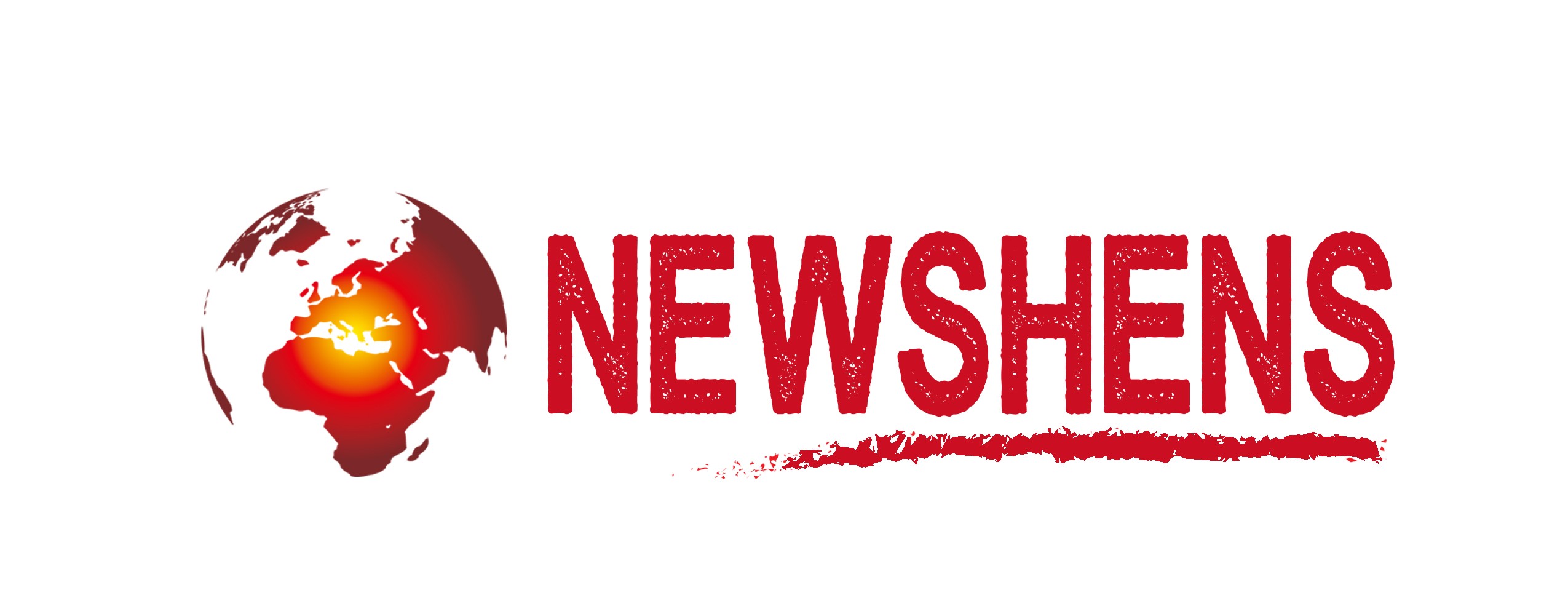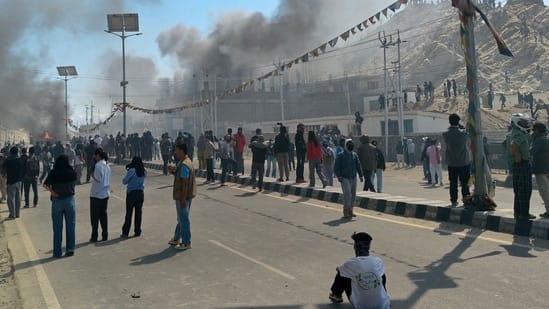“It’s deeply unfortunate what’s unfolding in Ladakh. The situation didn’t spiral on its own; it was engineered,” officials familiar with the matter said. As protests over statehood and other demands turned violent in Leh, Ladakh, claiming at least four lives on Wednesday, government officials monitoring the situation noticed a “sinister plot for political and personal gain” in the developments.
“It’s deeply unfortunate what’s unfolding in Ladakh. The situation didn’t spiral on its own; it was engineered deliberately,” officials familiar with the matter said.
The violence came even though the central government had set the next date for discussions on the protesters’ demands. The next round was to take place on October 6 between the High Powered Committee set up by the Narendra Modi government and representatives of the Leh Apex Body and others.
“Upon receiving a request for advancing the date, informal talks were being considered on September 25-26 too,” government sources said. Why did violence break out in spite of ongoing conversations, then? Government observers pointed out that Sonam Wangchuk, an activist who was on hunger strike as part of the ongoing stir, “has long hinted at wanting an Arab Spring-style protest in Ladakh”.
“His references to the ‘Gen-Z’ protests in Nepal now seem like a blueprint,” said a top officials. “He said all this to hide his personal misdeeds,” another official pointed out. Wangchuk has sought to distance himself from the violence, and said he wanted the protest to remain peaceful. He has also denied allegations of a political plot by the Opposition Congress, as was alleged by some leaders of the BJP.
But the officials assessing the protest’s violent turn said, “Congress leaders made statements that almost sounded like instructions. The youth are not to be blamed. They were misled, caught up in a sinister plot for political and personal gain.” Ladakh UT Lieutenant Governor Kavinder Gupta called for peace, meanwhile, and remarked in an address via his social media handles: “Who is responsible for the people who have died today? It is those people who incited the protest. Such things cannot be tolerated.”
Wangchuk said in a virtual press meet, “These people call themselves ‘Gen Z’, that’s why we said that. Otherwise I refer to them as youth.” Gen Z, otherwise a generic reference to those born at the turn of the millennium, is a loaded term ever since young protesters who overthrew the government in Nepal recently used it to describe their grouping.
The Congress and BJP have since sparred over the term, with Rahul Gandhi using it to allege dissatisfaction with the Modi government, and ruling party leaders saying the Opposition wants anarchy in India.
On Ladakh, BJP IT cell head Amit Malviya posted on X that a Congress leader was “rioting” and “instigating the mob” that set fire to the BJP office in Leh. “Is this the kind of unrest Rahul Gandhi has been fantasising about?” Malviya said, referring to the Congress leader recent X post in which he’d said “Gen Z will save India’s Constitution”. The Congress had not reacted till the evening.
The protests was called primarily by the youth wing of the LAB. But officials said the youth were “used as a shield and cannon fodder” for political and selfish interests by some sections.



